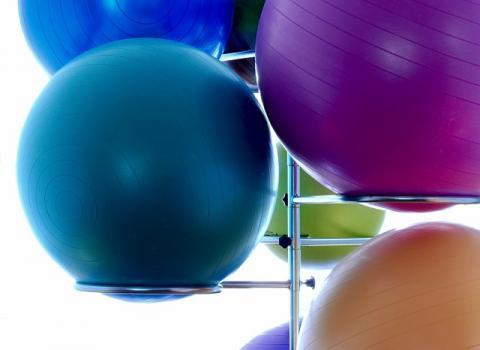
Understanding one’s dosha can help to maximize the benefit of a workout routine. In Ayurveda, or the science of life, doshas are the culmination of three energies believed to govern the body and mind. Doshas are derived from the elements. Vata dosha is composed of air and ether, Pitta of fire and water, and Kapha of earth and water. Doshas can change over time, as they account for one’s current constitution. If you don’t know your dosha, try this quiz.
Time of Day:
The doshas predominate certain times of day and create a guideline for maximizing energy. Kapha time is between 6am and 10am, where one might experience feelings of heaviness or sluggishness. Ayurveda suggests rising during Vata time, around 5am, which offers mental clarity. The Kapha time is a good time to stimulate the metabolism. Digestive fires are usually at a low, so it is best to eat a light and easily digestible breakfast during this time. Physical labor or rigorous exercise may combat the lull of the morning. Pitta time is between 10am-2pm where the digestive fire is strongest. One might consume their largest meal during this time. Vata time exists between 2pm and 6pm, and fosters a lightness, and creative or imaginative time. The cycle repeats into the night.
Physical Characteristics and Exercise Recommendations:
Physical characteristics of Vata dosha are typically thin with bursts of energy and great agility. Vata types are fast and sharp yet endurance is not their strong suit. Exercise that balances Vata types is light and grounding such as yoga, tai chi, golf, hiking, walking or dance. These exercises provide a grounding effect for the light and airy Vata.
Pitta types are usually muscular, strong and competitive. To balance Pitta dosha, cool and calming activities are best such as swimming, yoga (a yin or restorative type), or walking by a body of water.
Kapha types are typically big-boned, calm, and have strong endurance. A Kapha type will typically not be fast like a Vata, but can maintain a slow speed for quite some time. To combat the sluggish nature of Kapha, aerobic activities are best like long distance running, swimming, dance, or any activity that creates a good sweat. Love yoga? Here’s the yoga that’s best for Kapha.
Intuition:
Ayurveda offers a balancing guideline for the individual rather than the masses. With regard to the time of day and a dosha’s tendencies, one may find a more suitable form of movement using Ayurveda. The best exercise for a Kapha type might be wrong for a Vata type, and vice versa. Understanding the characteristics of one’s dosha and how to balance them might help one move in a way that is energizing rather than depleting. Above all, the most important factor in creating an exercise routine is to use one’s intuition. If a routine brings pain or causes exhaustion after, it might not be the right one.








